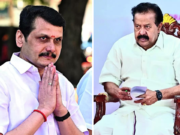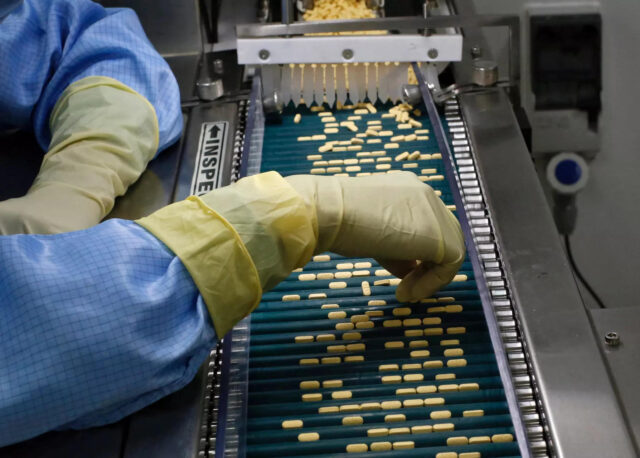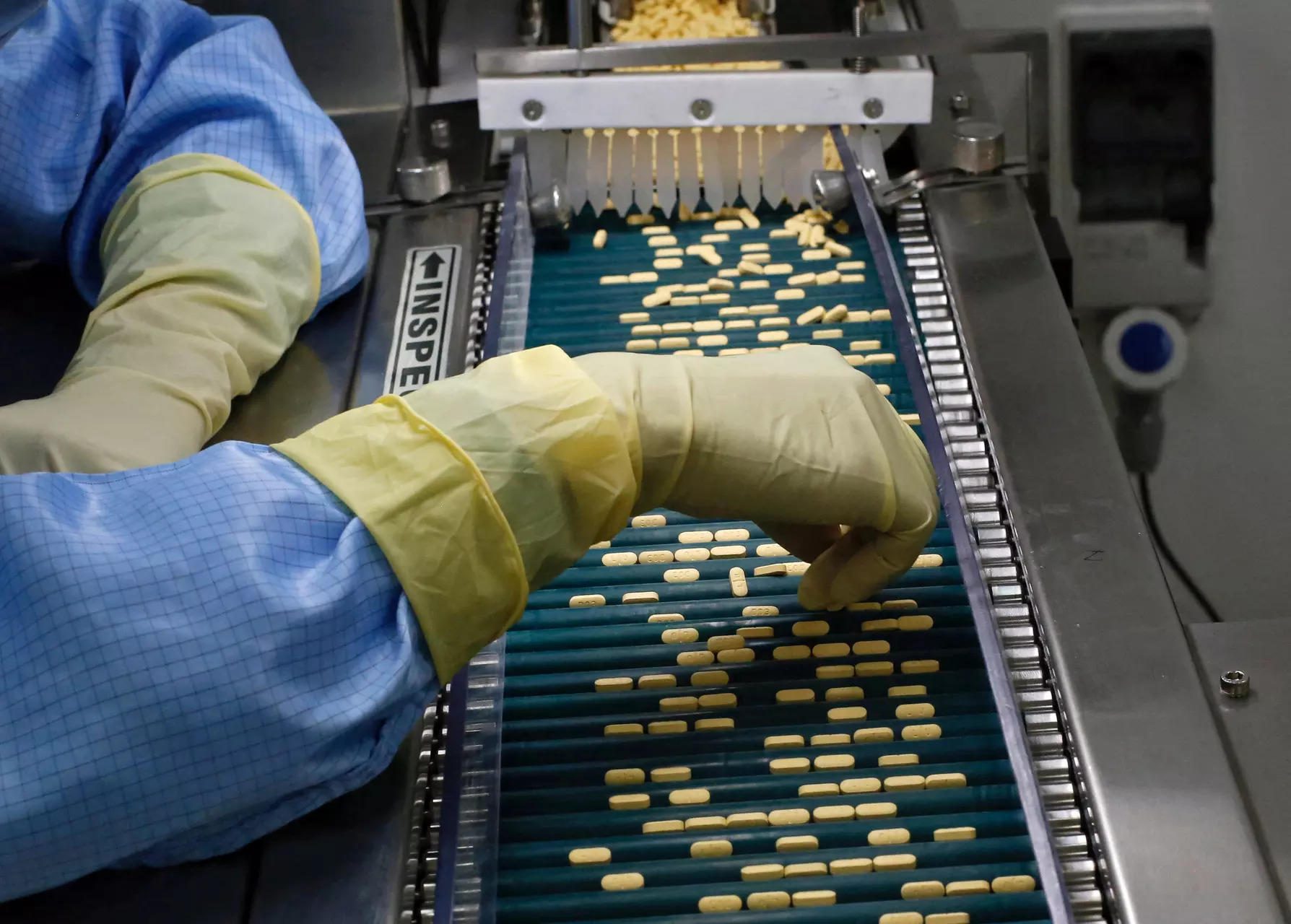
The upcoming budget would be Modi’s first major policy announcement in his third term as prime minister. For the country to be ‘pharmacy of the world,’ Indian drug markers would need a push beyond generic variety, and focus on developing complex drugs, experts say.
‘Think out of the box’:
India’s export sales, which dominate the U.S. generics market, is expected to double to $55 billion by 2030, according to a government-backed trade body Pharmaceuticals Export Promotion Council of India (Pharmexcil). “And if you want to have this flag going high in the entire globe and again…I think probably we have to look a little bit out of the box,” Raja Bhanu, director general of Pharmexcil, said.
The industry is vouching for tax exemptions to help innovation in the sector. “If the Indian government can give some income tax exemptions for 5-10 years for any new molecule developed in India…that can pull innovation to grassroot level…companies will start investing in innovation,” Bharat Biotech’s Chairman Krishna Ella told Reuters on the sidelines of an event in Hyderabad on Friday.
The industry that survives on research and development is also demanding for a policy for the boost. “I think government is evaluating on how their existing scheme is working…but industry is expecting a policy from the government to boost research and development in companies,” HIV drugs maker Hetero Drugs’ Chairman Partha Saradhi Reddy told Reuters.
Price correction needed:
In March, research firm Bernstein said that India needs to create a domestic market where innovative drugs can be profitable at the right price. “Spending millions on clinical trials with no pricing power is not a business they (pharma companies) want to be in,” Bernstein said in an open letter to the prime minister.
The firm also said insurance coverage for novel drugs and harmonising regulatory standards for manufacturing and clinical trials will be required for fostering innovation.
India has offered incentives since 2020 to spur the manufacturing of a broad range of products from drones to drugs in the country. But manufacturers of novel drugs are not eligible for the incentives yet.Indian pharma sector is fraught with challenges such as geopolitical tensions, supply chain issues, pricing pressures and increased scrutiny by global regulatory agencies, among others and that the government needs to be proactive to overcome these hurdles.
“During 2023-29, 15 blockbuster drugs (including biological products) are going to be off-patented worth USD 112 billion which would provide a tremendous growth opportunity for India pharmaceutical companies by another USD 10 billion,” an official said.
India, whose pharmaceutical market is expected to be valued at $130 billion by the end of the decade, is the world’s third largest manufacturer of drugs by volume after the United States and China and is a hub of generic drug manufacturers. In the interim Budget for FY25 in February, the government had pegged the outlay for the Ministry of Health and Family Welfare at Rs 90,659 crore, up marginally from the FY24 budget estimate of Rs 89,155 crore. This outlay also includes spending on health research.
(with Reuters inputs)

































